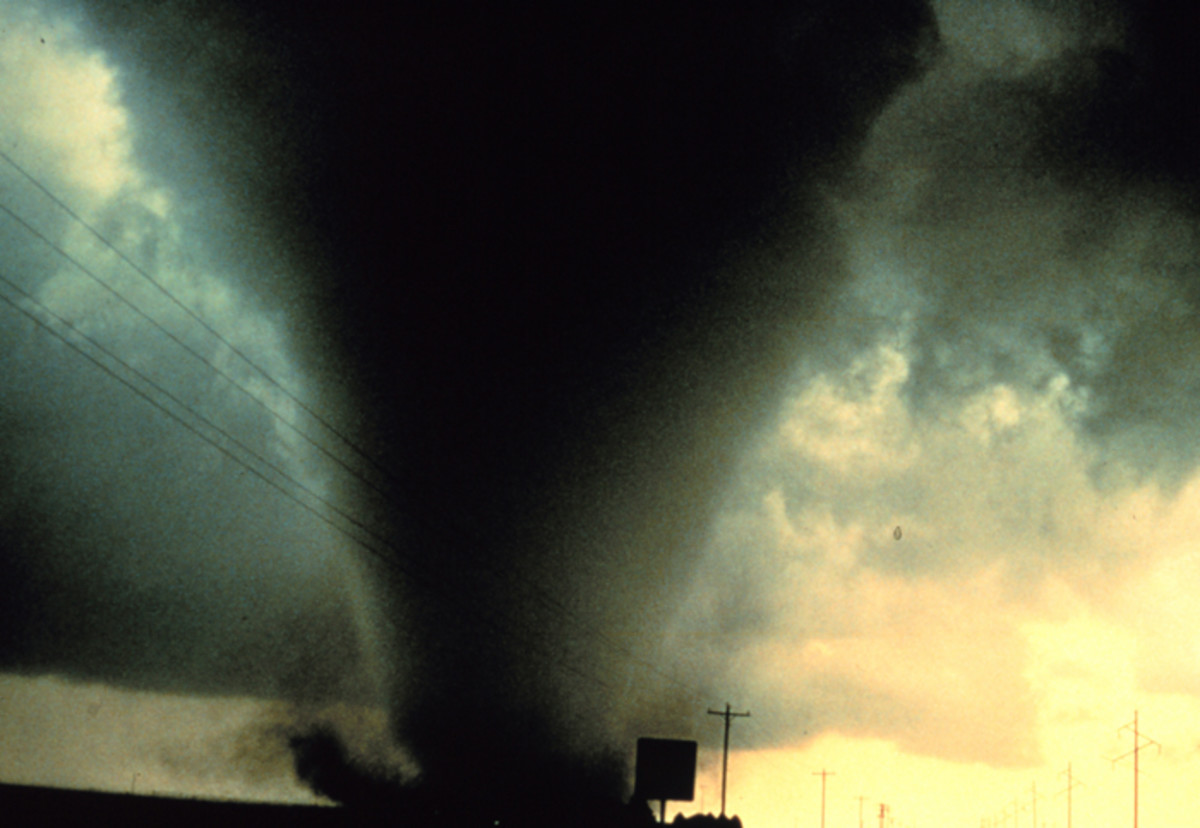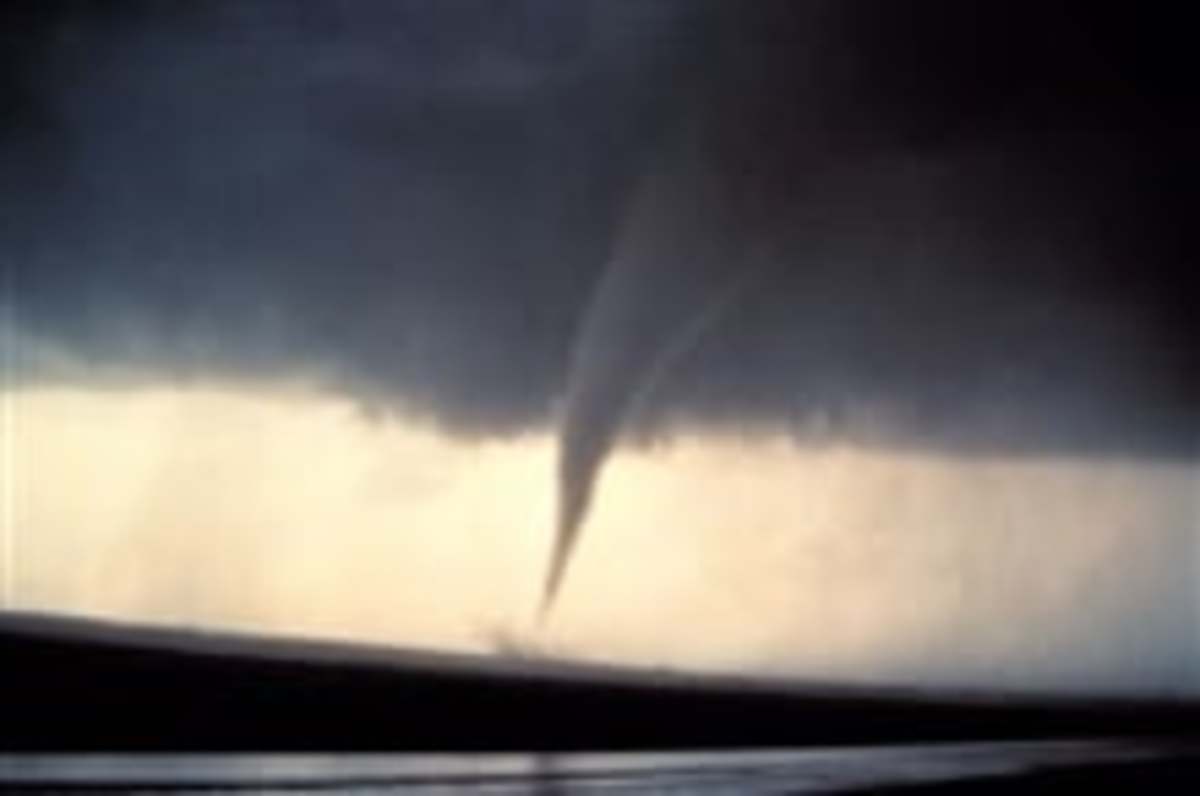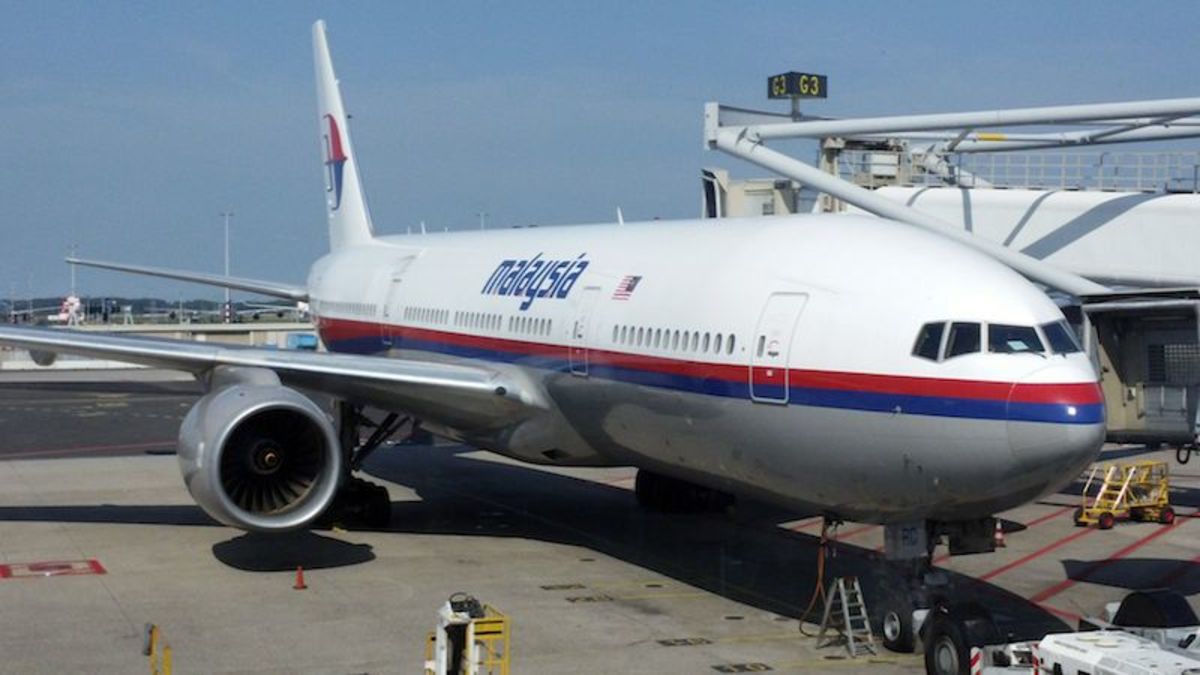Flying through thunderstorms clouds
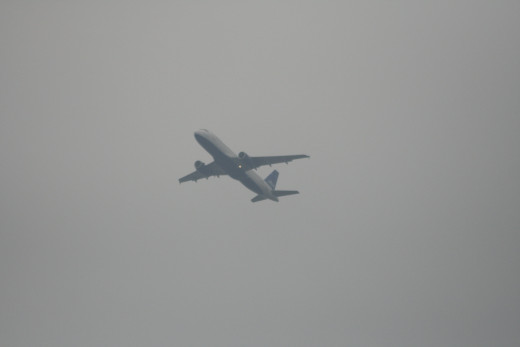
Afternoon thunderstorms are quite common in the summer. If you are a fearful flier, you may feel anxious when you look at the weather forecast of your departure or arrival city and see chances for thunderstorms. Most likely, you were hoping for a friendly sunny icon, or even a slightly cloudy one, but those clouds and thunder icons sure seem intimidating! A better understanding of how thunderstorms affects flight may be helpful so you can feel more relaxed on your flying day. If you're like me, you may like to learn the most you can and be prepared for the worst. Knowledge is power. After all, as fearful fliers we are often fearful of the unknown more than the flight itself.
What's a thunderstorm? We all know that it's that weather condition where it gets really dark, mean clouds approach and soon there's thunder, lightening, strong winds and heavy rainfall or even hail. If we go into more details though we can learn a whole lot more. Indeed, we may be interested in learning that there are different types of thunderstorms. Let's take a look at some of them.
Air mass thunderstorms (single cell storm). During the summer, the Earth's warm surface causes warm air to form above the land. As the air heats up, it rises causing updrafts that move upwards. Soon, cumulonimbus clouds are formed when upward moving warm, moist air condenses and cools downs as it travels upward. When the rising air reaches its dew point, then droplets of rain are formed and start falling. These types of thunderstorms are often witnessed late in the afternoon and early evening on warm, humid days in the dog days of summer in many areas of the United States. Episodes are quite mild, short-lived ( usually, last no longer than an hour) and spread over smaller, isolated areas. You may witness an hour of rain while your friend several miles away is enjoying a dry, sunny day. You'll often witness tropical air thunderstorms in Florida due to tropical heat masses, causing refreshing downpours. In the arid Southwest, you'll also stumble on summer thunderstorms during what is known as the July and August "monsoon season" when tropical air flows into the area.
Frontal thunderstorms. These are multi-cell thunderstorms that form when cold fronts collide with warm fronts. These are generally more severe than air mass thunderstorms and affect larger areas because of their tendency to cluster. The cold front is heavier and denser so it pushes itself under the warm air forcing it to rapidly rise. These abrupt air movements cause thunderstorms. These are commonly seen at mid-latitude locations since the cold air masses from the poles collide warm air masses from the tropics creating unstable situations. According to Weather.com you'll stumble on these storms from the winter into the early spring in Florida and the deep South, then, from spring to summer severe thunderstorms may be seen east of the Rocky Mountains and into the Plains states. In the summer months, frontal thunderstorms are often witnessed in the upper Midwest east to New England.
Orographic thunderstorms: these multi-cell storms take place only in certain areas when air is pushed up a mountain side. You may find these in the Rocky Mountains and slopes of the Appalachians. Orographic thunderstorms form when warm, moist air rises from the slope of the mountain in the spring and summer and then precipitates on the windward side. If you fly over Salt Lake City or Denver, you'll often encounter turbulent flights due to this atmospheric phenomena.
Super-cell thunderstorms. The most severe thunderstorms are super-cell thunderstorms which are large and quite violent. They form in areas of wind shear with separate downdrafts and updrafts. These storms, which are characterized by a rotating updraft can form destructive tornadoes, torrential rain, large hailstones, winds in excess of 80 mph and flash flooding. These storms are most common in the Great Plains, more specifically, in a designated area known as Tornado Alley..
Thunderstorms lead to tarmac delays
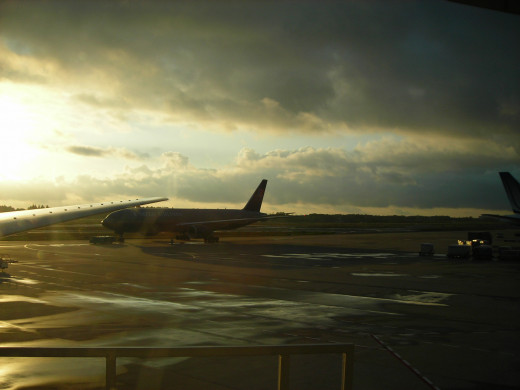
Effects of thunderstorms on planes
Regardless of the type of storm, they are all not safe to fly through. Now that we have seen different types of storms and how they form, it's time to understand how they affect airplanes. If you see cumulonimbus clouds at the airport, don't panic. Not all necessarily turn into thunderstorms, some may just be full of rain. There have been times I flew nearby the meanest clouds and the flight was quite smooth.
Wind shear. As we have seen, thunderstorms form from warm, moist air that rises. As the air rises, it cools and condenses into a cumulonimbus cloud. Soon, rain forms. The rainfall seen in thunderstorms causes downdrafts of air that hit the ground and spread laterally. This creates wind shear which takes place as rapid changes in wind velocity just above ground level. These shifts in wind direction cause airplanes to gain and lose altitude and speed quite quickly which is risky business when an airplane is close to the ground such as when it is landing. Because wind shear has contributed to 26 aircraft accidents between 1964 and 1985 which led to 620 deaths and 200 injuries, it is now mandatory for airlines to have on-board wind shear detection systems. These systems, along with high-resolution Terminal Doppler Weather Radar stations have dramatically decreased accidents due to wind shear.
Severe turbulence. Storms can grow vertically and can reach more than 60,000 feet. This rapidly rising air has the potential to cause severe turbulence. While, commercial airplanes are designed to fly right through thunderstorms (and Hurricane Hunters routinely fly into hurricanes!) pilots avoid flying directly into thunderstorms because the updrafts, downdrafts along with the shifting patterns of air can be quite uncomfortable for the passengers. So it's a matter of smoothness rather than safety. Well, it can be an issue of safety as well at least to those who aren't buckled up and from loose galley items. According to Boeing spokesman, John Dern, "Your plane is certified to fly in "extreme conditions," probably far more extreme than anything this nor'easter can throw your way."
Hail Hail can be quite damaging to airplanes therefore, areas where it is hailing are avoided. According to retired pilot John Cox, in 1977, a Southern Airway DC-9 was forced to land after hail had destroyed both its engines. Hail may also damage windshields and nosecones.
Lightening. Fortunately, lightening doesn't cause major damage to airplanes. When it strikes, it doesn't enter the cabin rather, because the aircraft is not connected to the ground,lightening travels through the wing tips and the tailplane. Also, consider that the plane's flight instruments aren't affected.
Tips for summer thunderstorm flying
- Check your airline's status before going to the airport.
- Check the FAA Flight Delay Information website
- Consider though that most storms take place in the afternoon. An early morning departure can steer you clear of such problems.
- Be prepared for bumps. While you will never fly directly into a thunderstorm, consider though that it may feel like it at times. Indeed, flying in the vicinity of a storm may be a bumpy ride.
- If you are concerned about getting motion sick, choose the seats over the wings or close to the center of the aircraft. Another option is sitting close to the front of the plane. The worst seats are in the back, just like riding in the back of a bus, things can get quite bumpy there!
- Stock up on Bonine and take it as directed by the instructions.
- Bring along some ginger candy!
The good news about thunderstorms and airplanes
With all these risks, you may be now even more afraid of flying through a thunderstorm. The best news? You'll likely never fly through one! So if there's a thunderstorm taking place above the airport you are departing from, rest assured your plane will not take off because of the risk for wind shear. And because mechanics and other personnel that work near the aircraft are at risk during electrical storms because of lightening, it's quite normal to experience a tarmac delay since they aren't allowed to work in such conditions. If on the other hand, you're on an airplane that needs to land where there is a storm, or several storms, your pilot will try to find a path between them, and if no path can be found, there may be chances your aircraft may need to land in another airport.
And what about encountering a thunderstorm while you are flying? You are still very safe. Indeed, according to Flying without Fear, air regulations require pilots to steer clear of thunderstorms, and to be more precise, pilots are required to stay at least 20 miles away from the nucleus of a thunderstorm. From the pilot's cockpit, this is quite easy since his weather radar shows thunderstorm activity from the distance of 120 miles. This gives the pilot a good 15 minutes to plan his route to navigate around it and inform air traffic about his route deviation. Pilots will also inform other pilots when they spot thunderstorm activity. Most thunderstorms are clearly localized so this is quite easy. While you may see a long line of clouds, truth is there is often loads of space between the storms.
And what about turbulence? Turbulence will obviously be felt more by smaller planes. Large planes on the other hand, put more resistance against winds so they are more comfy to fly with. However, there may be times where the bumps can be quite bouncy. These though are more an inconvenience than anything. We may imagine a sweaty pilot at the controls as he tries to gain control of an airplane, while in reality the pilot is most likely more concerned about his coffee spilling on his pants. He will likely make an announcement for everybody to buckle up to keep everybody safe in the cabin. At the same time, the pilot will likely reduce speed which eases the bumps for the passengers.
If you are planning to fly in the summer, consider that thunderstorms are quite common and so are delays. Indeed, according to the Federal Aviation Administration, "Unlike winter storms, which take time to develop and move slowly, summer storms can form quickly, stretch for hundreds of miles and travel rapidly over large portions of the country." This make summer travel potentially more unpredictable and problematic than winter travel. It's always a good idea to check your flight's status before going to the airport regardless of the fact that there are clear blue skies and the weather forecast seems good. Truth is, things can change quickly at times.
As seen, instead of being annoyed by delays, passengers should be grateful that steps are taken for their safety. On your next summer flight, should a weather delay happen, be grateful that steps are being taken to ensure your safety and the safety of others!




